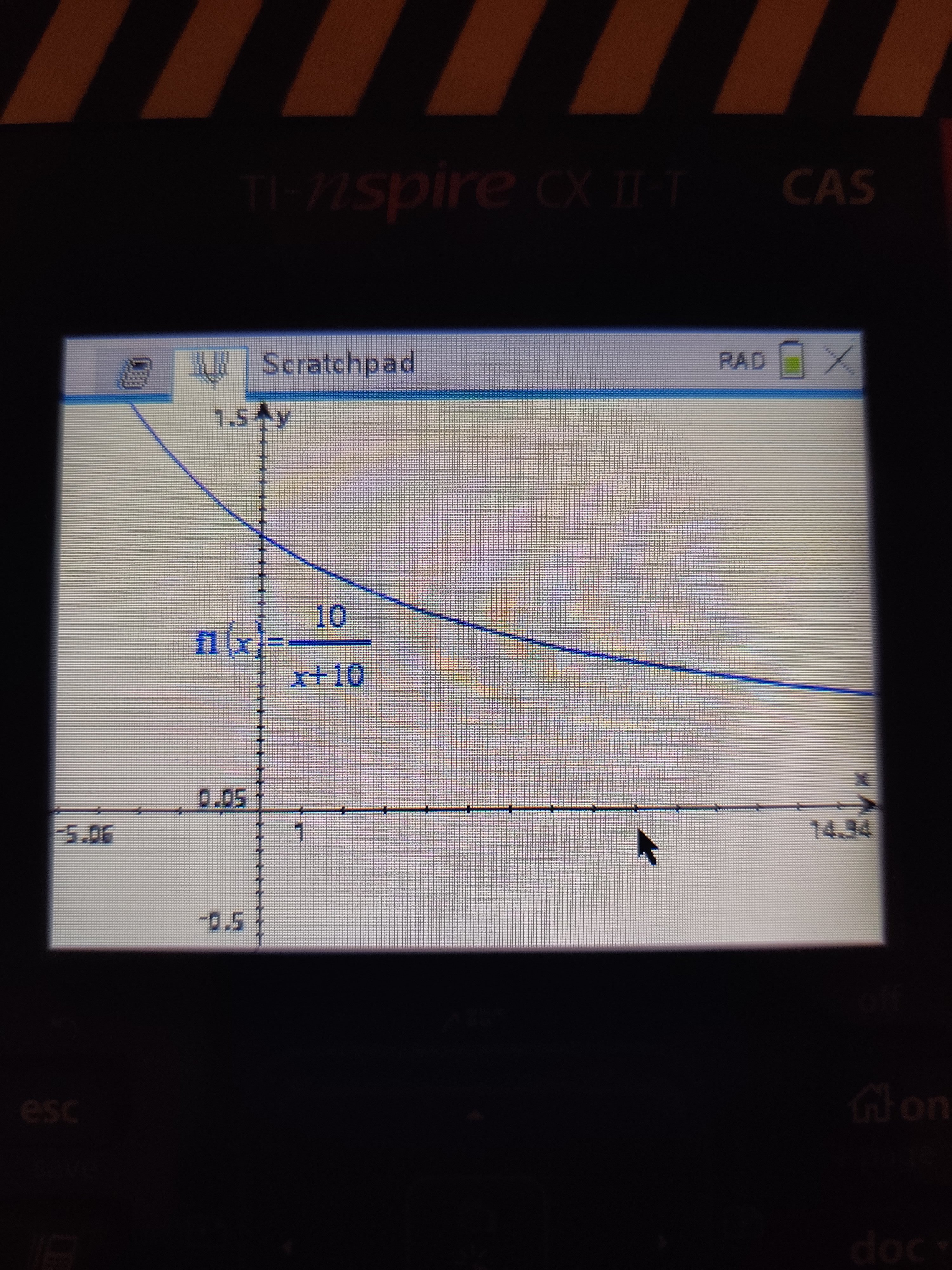dmaziuk
Contributor
If you play around in multideco or decoplanner and force them to do 1ft stops the "much shorter" isn't even a minute.
Yeah, but they really don't make much sense in terms of the model. That's what I meant: the model says six half-times and you're full, whereas a computer will happily compute you your gas loading by millisecond after that. The practically usable step should be somewhere in-between: less that 3 m, more than 1 ft.
It's not clear to me how one would figure out what that is from looking at calculated GF continuously updated on the computer's screen.
In 1983 Buhlmann reckoned that in-water decompression steps smaller than 0.3 bar are "difficult to maintain", but he suggested continuous or 0.1 bar steps in-chamber (p. 29 of Decompression - Decompression Sickness, last paragraph of section 3.5.2). If you can do 1 msw in open water nowadays, that may actually be just what the doctor ordered.




